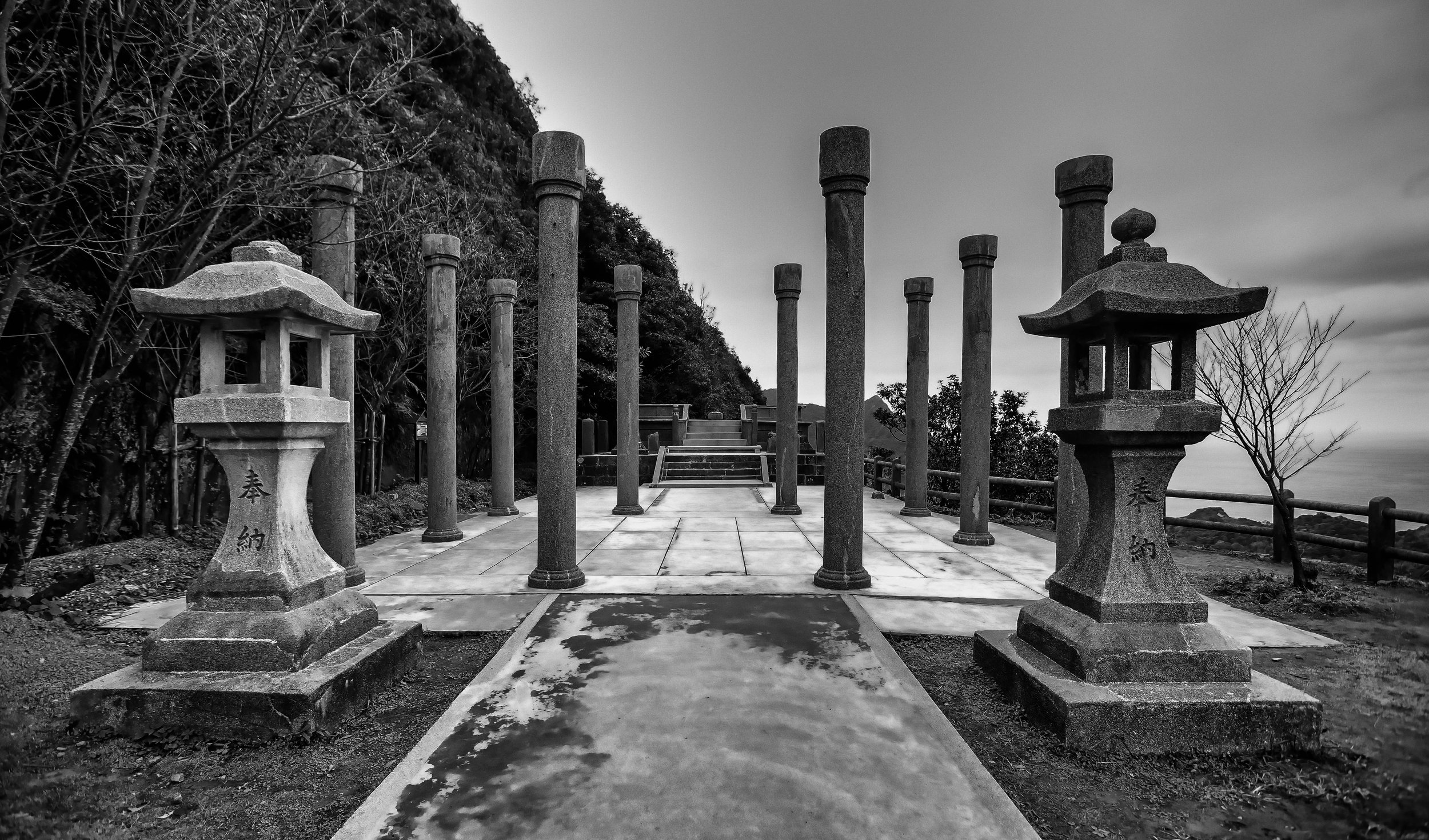For most North Americans who come to Taiwan it can be a bit of a strange feeling seeing how excited Taiwanese people get when they talk about how large and beautiful their 7.93 km² Sun Moon Lake (日月潭) is even when the smallest of our Great Lakes, Lake Ontario is 18,960 km² in comparison.
That being said, everything is relative. The Great Lakes are polluted and are frozen nine months of the year, and as all arguments like this go: Size isn't Everything.
Sun Moon Lake is majestic and even though its not actually that big, its easy to see why it is the pride of Taiwanese people from every part of the country.
Oddly enough, Sun Moon Lake is so popular that it also appears on one of the pages of the most recent version of the passport of the People's Republic of China (not to be confused with the Republic of China) despite it not even being within the territory that it actually governs.
That is almost tantamount to Canada having Mount Rushmore in our passport. Nevertheless, that whole predicament is an argument for another day.
The lake is situated in Taiwan's Nantou County (南投縣) and is surrounded by mountains on all sides.
Nantou happens to be one of my favourite places in Taiwan as its one of the most scenic areas for hiking with the Alishan scenic area (阿里山國家風景區) and the Yushan National Park (玉山國家公園.)
The county is directly in the middle of the country and gives easy access to some of the highest points of Taiwan's Central Mountain Range (中央山脈) with 41 of Taiwan's 100 mountains which have peaks over 3000 meters high.
The lake is considered holy land and the area surrounding it is home to the “Thao” (邵族), one of Taiwan's Indigenous tribes which has unfortunately become one of Taiwan's smallest remaining (recognized) indigenous groups.
Like many other indigenous groups in Taiwan who are still unrecognized by the central government, it took far too long for the Thao people to actually get the recognition they deserved when it came to their home and their claim that Sun Moon Lake is part of their holy land.
Over the past century, they have had to endure the Japanese occupation which considered all indigenous groups “savages” and then the latter half of the century with the Chinese Nationalists who did their best to “sinicize” all of Taiwan’s indigenous people by forcing them to learn Mandarin and changing their way of life.
They fortunately received recognition in 2001 as one of Taiwan’s ten different ethnic indigenous groups and the population has slowly started to rise due to efforts to preserve the culture.
Lalu island (拉魯島), a small island in the middle of the lake is especially important to the Thao people, but has been used in the past as a popular place for weddings by other ethnic groups who came to the island.
Even more unfortunate is that the island has suffered over the past century due to the construction of a dam that raised the water levels in the lake and the effects of the devastating earthquake on September 21st 1999 (九二一大地震) which rocked central Taiwan and wreaked massive destruction.
Since the cooling of hostilities between the Republic of China (Taiwan) and the People’s Republic of China (China) tourism has become a major source of income for the area and what was once a very relaxing and peaceful area to visit has now become laden with development and littered with tourists who take boat rides across the lake ultimately causing a lot of pollution.
When I first visited the lake years ago I thought it was a perfect escape from the bustling cities in the north. You could sit on the board walk and watch the sun rise or the sun set in perfect quiet.
When I visited this time however every five meters that I walked I was asked by somebody if I wanted a boat ride, which made me feel like I was touring somewhere in South East Asia.
The lake itself, despite all of this however is still beautiful. I visited on Christmas, and while most Canadians oddly wish for a white Christmas, I was perfectly happy with my colourful Christmas with the emerald green waters of the lake, the blue sky and the green mountains that surround it. It was also a nice escape from the weather in the north of Taiwan which at the time was pretty dreary.
I didn’t have much time during this visit to Sun Moon Lake as I was just stopping by for a few hours before making my way up into to the mountains. I did have a nice walk around half of the lake and had an excellent view of the lake from the Starbucks by the boardwalk.
I sincerely hope that the Taiwanese central government and the Nantou county government has the foresight to curb some of the development around the lake and do more to preserve the pristine beauty of the area so that future generations can enjoy it as much as we do now.
If you have a chance to visit Taiwan, make sure Sun Moon Lake and Nantou is on your list of places to visit.





















